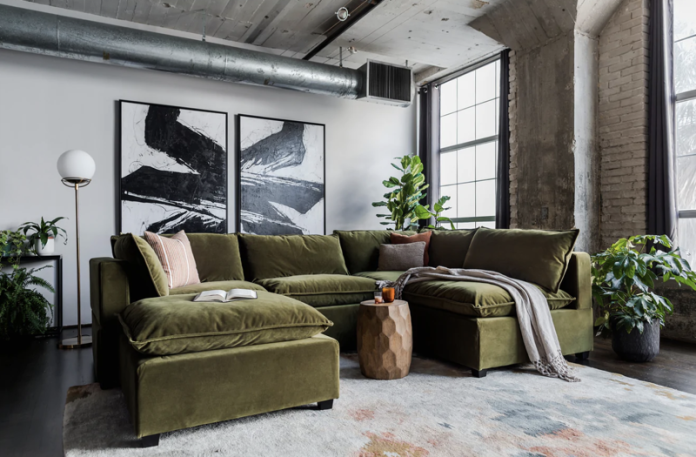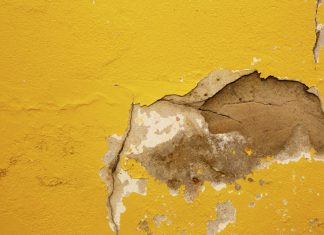Couches are the centerpiece of most living rooms and see plenty of action each day. They’re a place to lounge, entertain guests, and enjoy the occasional slice of pizza or glass of wine. Families with kids or pets are even rougher on their couches.
If you want a sofa that’ll stand the test of time, you need to consider what it’s made of. Search for a stain-resistant couch fabric to protect yourself from the messy side of life.
Synthetic vs. Natural Couch Fabric
Upholstery breaks down into two distinct categories — natural and synthetic fibers. Fabrics with cotton, wool, or silk are made of natural materials. Synthetic upholstery, on the other hand, is entirely manmade. You’ll also come across couches on the market that uses fabrics with a blend of natural and synthetic fibers.
In general, synthetic materials like polyester and acrylic are the easiest to maintain because of their high stain resistance. Natural fibers aren’t as tightly woven and are more likely to let stains seep further into the fabric. In that same vein, a materials thread count helps determine its resistance to staining — a higher number means the fibers are closer together and more easily repel stains.
Top 5 Most Stain-Resistant Couch Fabrics
Since most natural fibers struggle to resist stains, you’ll only find one on this list. The rest are variations of synthetic materials. Any of these would be an excellent choice for your home based on your aesthetic preference and needs.
1. Wool
Wool is the only natural material on the list. Its fibers are, by nature, repellent to oil-based spills, and it’s one of the most stain-resistant natural fabrics. However, synthetic materials are generally more resistant to staining. Also, wool needs to be professionally cleaned, making it rather high maintenance.
2. Olefin
Olefin is most commonly used in indoor/outdoor rugs and couches. It’s a tough material and highly resistant to sun, moisture and stains. Olefin is a good option for an outdoor sofa or one that sees high traffic. Low-quality olefin can have a rough texture, so you may need to spend a little more on a couch you want to use inside.
3. Polyester
Polyester is typically used in combination with other materials, especially natural ones like wool or cotton, to boost stain resistance and durability. On its own, the plastic nature of the fibers is scratchy and stiff. If you love the feel of natural material but not the stainability, look for one with a polyester blend.
4. Microfiber
Microfiber is a great choice for well-loved sofas. Stains, pet hair, and dust have no chance against its tightly packed weave. It’s made of fine strands of polyester and polyamide, which combine to create a velvety soft texture. It’s also relatively easy to clean with products you have at home if you know what you’re doing.
5. Acrylic
Acrylic fabrics are similar to olefin in that they’re one of the most highly stain-resistant. With this material, you get what you pay for. Low-quality acrylic tends to be very scratchy and pills easily. Investing in a higher-quality piece can overcome some of the rough texture and produce a fabric much less likely to pill with extended use.
Consider Your Daily Use
How often do you plan to use the couch you’re shopping for? Sofas in a high-traffic room where you sit with family or entertain guests will need a more hearty fabric than a small loveseat in your bedroom. You typically can’t go wrong with a synthetic for the best-lasting, most stain-resistant couch fabric.














